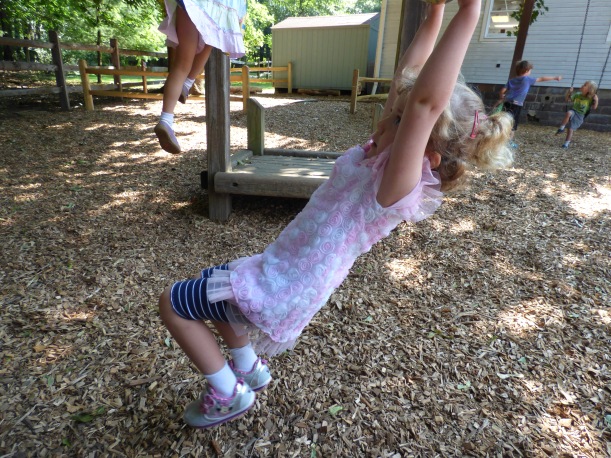The first few days of school are filled with risks. All of us, from the Pre-K student to the most senior teacher, feel this. Our children have to navigate a new set of routines, manage new personality dynamics, make friends, keep friends, decipher the emotional tone of their new class, and figure out who they will be for the next few days. Taking acceptable risks when steering through all of this can be daunting. Grown-ups can put it into words, “What if I fail?” Children usually aren’t able to put it so succinctly.
“Risk” has a bad rep most of the time. People generally relate this word with failure or danger. Now try to refocus your lens. Instead, imagine risk as possible variables in an experiment. True, one needs to weigh the danger (emotional, social, physical, or otherwise) inherent in the particular component, yet, without testing variables, we cannot evaluate the effectiveness of our behavior.
In class, a child chooses whether or not these risks are worth it:
- Waiting for a peer to speak to them first
- Waiting for a teacher to call on them
- Yelling/Calling out the answers
- Speaking up for their own rights (i.e. I don’t like this game. I don’t want chase you.)
- Asking to go to the bathroom
- Saying goodbye to a parent
- Raising a hand during meetings
- Attempting to write their name
- Drawing a picture
- Joining a group or single friend in play
- Making a mark on a piece of paper
We want our children to be comfortable taking the risks that promote growth. It is for this reason that we create an environment that welcomes mistakes, experiments, discussion, and observation. All of the children in our room are capable of great things. We want to make sure they are willing to build the attempts to get them there.
For more on risk, persistence, and grit see Forbes’ 5 Characteristics of Grit — How Many Do You Have?

